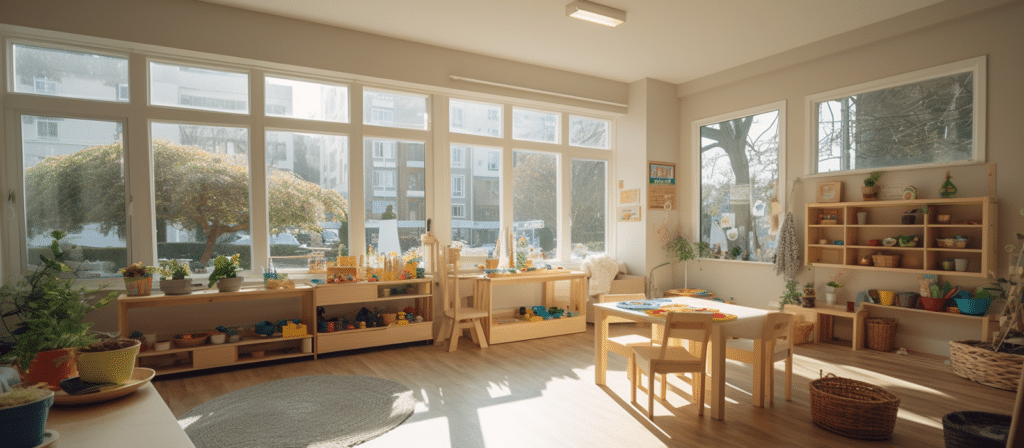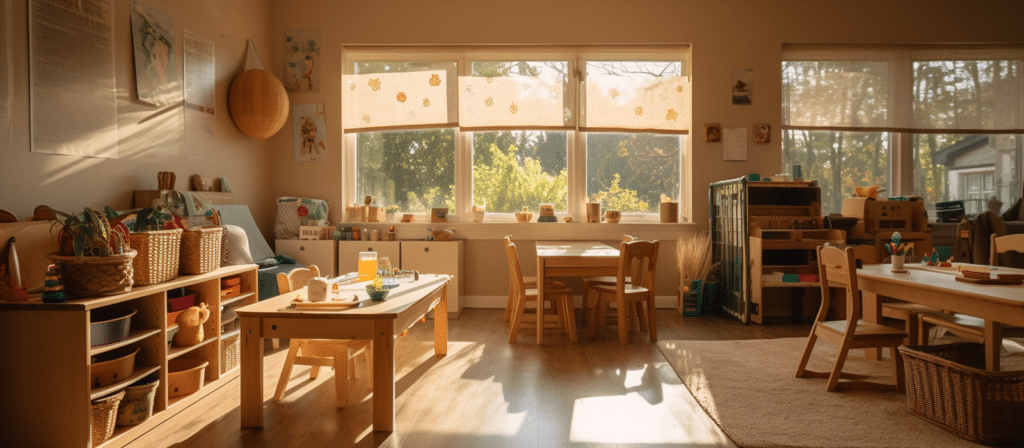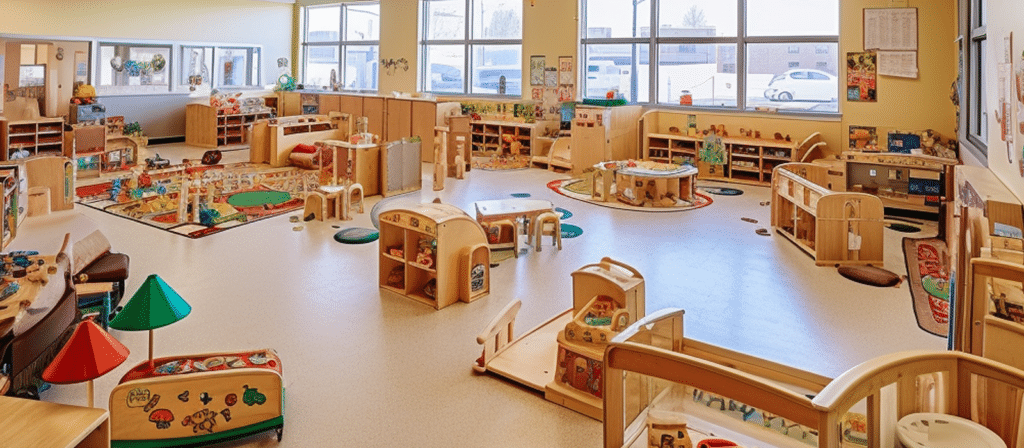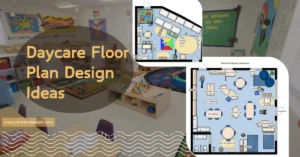Have you ever wondered why sensory-friendly furniture is essential in daycare environments? This article will explore the significance of creating a sensory-friendly atmosphere in daycare centers. We’ll delve into the benefits, the impact on children’s development, and the key elements that make sensory-friendly furniture a game-changer for daycare settings.
Sensory-friendly furniture is crucial because it provides children with a supportive, comfortable, and stimulating environment, enhancing their sensory experiences and fostering holistic development. It’s designed to cater to various sensory needs and promote a sense of security, comfort, and exploration in young learners.
Why is sensory-friendly furniture important?
First and foremost, sensory-friendly furniture caters to the diverse sensory needs of children. Many children in daycare settings may have sensory processing disorders or sensitivities to certain stimuli. By using furniture that is designed with these considerations in mind, we can create a space that minimizes sensory overload and helps children feel more comfortable and at ease.
Sensory-friendly furniture also promotes inclusivity. It ensures that children of all abilities can fully participate and engage in activities without feeling excluded or overwhelmed. By providing a welcoming environment, we foster a sense of belonging and empower children to explore and learn at their own pace.

How does sensory-friendly furniture enhance the learning experience?
Research has shown that the physical environment plays a significant role in children’s learning and development. Sensory-friendly furniture can create a conducive atmosphere that supports cognitive, emotional, and social growth.
For instance, soft seating options, such as bean bags or cushions, provide a cozy and comforting space for children to relax and focus. These seating options can help reduce anxiety and promote a sense of calm, enabling children to concentrate better during group activities or individual tasks.
Ergonomically designed furniture, like adjustable tables and chairs, can also improve children’s posture and overall physical comfort. When children are physically comfortable, they are more likely to actively participate and engage in learning activities, leading to improved concentration and better learning outcomes.
What are the key features of sensory-friendly furniture?
Sensory-friendly furniture incorporates various design elements to cater to the specific needs of children. Some key features to consider include:
- Soft and tactile materials: Furniture made from soft and tactile materials, such as plush fabrics or textured surfaces, can provide sensory stimulation and a soothing tactile experience for children.
- Adjustability: Adjustable furniture allows for customization based on individual needs and preferences. Adjustable tables and chairs ensure proper ergonomics and accommodate children of different heights and sizes.
- Versatility: Furniture that can be easily rearranged or adapted to different activities promotes flexibility and encourages children to actively participate in various learning experiences.
- Safety: Sensory-friendly furniture should prioritize safety and durability. Rounded edges, non-toxic materials, and sturdy construction are essential to create a safe and secure environment for children.

How can sensory-friendly furniture positively impact children’s well-being?
The use of sensory-friendly furniture in daycare settings can have a profound impact on children’s overall well-being. Here are some benefits:
- Reduced stress and anxiety: Sensory-friendly furniture helps create a calming environment, reducing stress and anxiety levels in children. This, in turn, promotes emotional well-being and enhances their ability to self-regulate.
- Improved focus and concentration: By providing comfortable seating options and ergonomic furniture, children can focus better on learning tasks, leading to improved concentration and academic performance.
- Enhanced social interactions: Sensory-friendly furniture facilitates social interactions and peer-to-peer collaboration. It encourages children to come together, share spaces, and engage in group activities, fostering social skills and teamwork.
- Increased independence and confidence: When children feel supported and comfortable in their environment, they are more likely to explore and take risks. Sensory-friendly furniture promotes independence and boosts children’s confidence in their abilities.
Is sensory friendly furniture easy to incorporate into daycare settings?
Introducing sensory friendly furniture into daycare settings is a seamless process. With a variety of options available, daycare providers can select furniture that suits the specific needs and preferences of their children. From cozy bean bags to soft cushions and adjustable seating, there are numerous choices to create a sensory-friendly space. By incorporating sensory friendly furniture, daycare settings can ensure that all children feel welcome and supported, regardless of their sensory sensitivities.

What are some examples of sensory friendly furniture?
Sensory friendly furniture comes in various forms and designs, catering to different sensory needs. Some examples include:
- Cozy seating options like bean bags or floor cushions that provide a soft and supportive surface for relaxation.
- Adjustable chairs or desks that allow children to find a comfortable position that suits their individual needs.
- Sensory tables with textured surfaces, allowing children to explore different materials and engage their senses.
- Quiet corners or reading nooks equipped with soft lighting and calming elements for children who need a break from stimulation.
Conclusion
In conclusion, sensory-friendly furniture is not just a luxury but a necessity in daycare settings. It creates an inclusive and supportive environment that caters to the unique sensory needs of children. By incorporating features such as soft materials, adjustability, versatility, and safety, we can enhance children’s learning experiences and promote their overall well-being.













